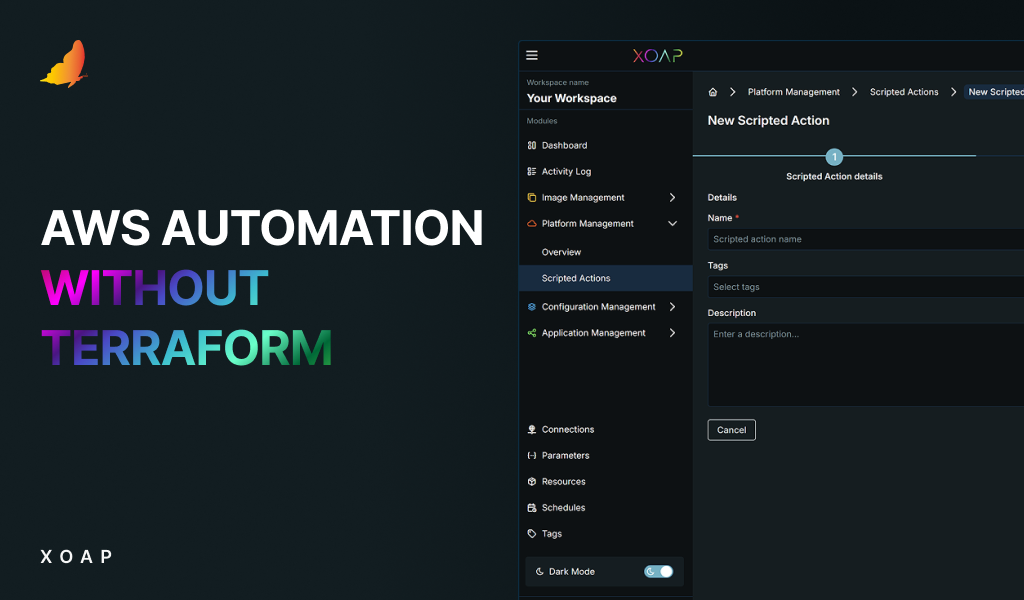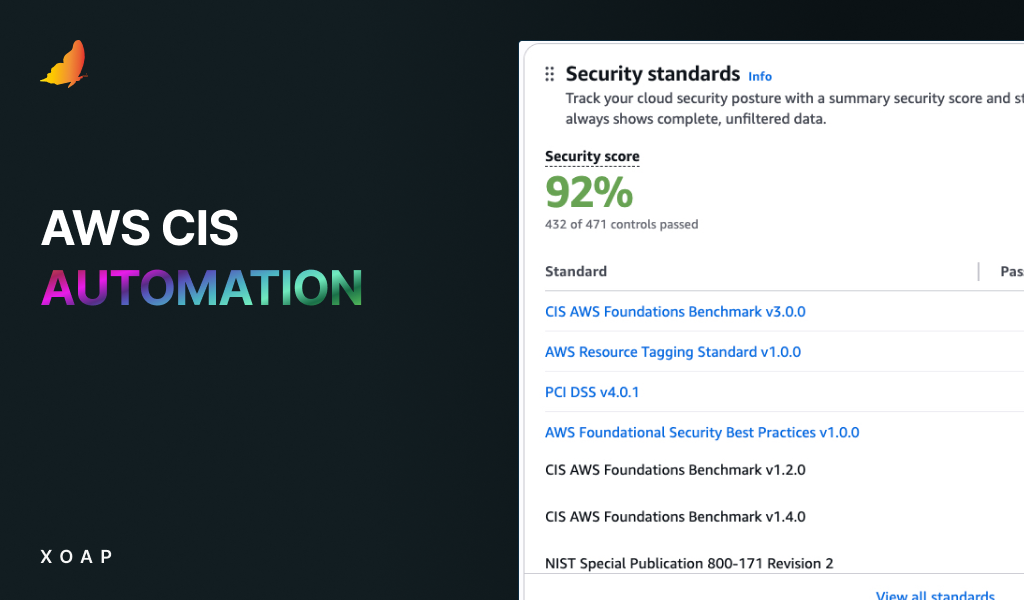Table of contents
In Episode 06 of Cloud Meets Hybrid | The Automation Talks by XOAP, our co-founder Mario Istuk sat down with Tobias Tomandl, Senior Pre-Sales Consultant at Ingram Micro and AWS Community Builder. Tobias enables AWS partners across the DACH region and is deeply engaged in the AWS community, from speaking at user groups to writing technical content and contributing to whitepapers.
This episode centered on one topic dominating European cloud conversations right now: the AWS European Sovereign Cloud.
What sovereignty really means
Cloud sovereignty often gets confused with simply storing data in the EU. Tobias explains that data residency is only part of sovereignty. True sovereignty also includes operational autonomy — meaning who runs the cloud and under which legal framework they operate.
In other words:
Sovereignty isn’t just where the data lives, it’s who controls access and operations.
AWS European Sovereign Cloud: A separate cloud for Europe
AWS announced the European Sovereign Cloud (ESC), and it isn’t just another region. It is a completely separate AWS partition, with its own:
- Identity and access management
- Billing system
- Metadata control
- Operational processes
- Security governance
All of it fully operated by EU-based personnel under EU law.
AWS is even building separate DNS and root certificate authorities in Europe to avoid any dependency on US-controlled systems.
This means:
- No dependency on US operations
- No shared global metadata or IAM
- Continued operation even if US cloud becomes unreachable
- Legal compliance enforced within the EU
That’s sovereignty at the architecture level, not just policy.
📌 Watch episode: Automation Talks ep. 06: The AWS European Sovereign Cloud
Built with European regulators
AWS is defining sovereignty standards with European authorities, particularly Germany’s BSI, to ensure the cloud meets European legal and compliance expectations.
This isn’t about marketing. It’s about building trust with governments and regulated industries.
Who needs this?
Even today, many regulated workloads run on standard AWS EU regions using strong encryption and key controls. But for organizations with elevated compliance, public sector workloads or strong regulatory pressure, the ESC aims to remove the last barrier: perceived geopolitical risk.
Think public sector, healthcare, financial services, critical infrastructure or mid-market companies sensitive to US jurisdiction.
For many, the ESC is the missing trust layer they’ve been waiting for.
Why not use local EU cloud providers?
There are European providers like StackIT and Hetzner. However, Tobias points out the key difference: hyperscaler capabilities.
AWS provides:
- ~300 services
- Deep integration and automation
- Modern cloud-native services (not just servers)
- Mature developer experience
Many local providers can’t yet match that scale or service integration depth. The ESC gives Europe both sovereignty and hyperscaler innovation.
Adoption path & timing
The European Sovereign Cloud is expected end of 2025. Early adopters should expect:
- Higher pricing (~15–20% potential premium)
- Not all services on day one
- Separate FinOps and monitoring tooling ramp-up
- Some redeployment required rather than “lift & shift”
Infrastructure-as-code will be key to smooth adoption.
Watch now
This episode made one thing clear: Europe wants to innovate in the cloud on its own terms.
The AWS European Sovereign Cloud is not just a new region. It’s a strategic investment in European digital independence, built with regulators and designed to address long-standing trust and legal concerns.
If you haven’t listened yet, tune in to Episode 06 to hear the full conversation with Tobias, packed with real-world insights into Europe’s sovereign cloud future.


